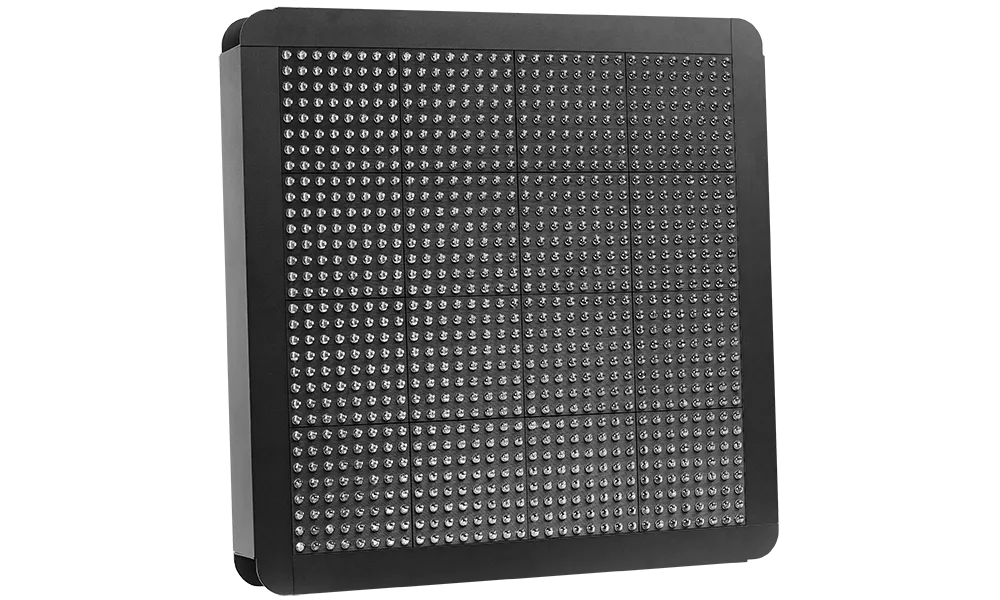Allied Vision Technologies (AVT) has announced important new additions to its Manta and Prosilica camera ranges.
The Manta G-917 GigE Vision, which will be available later this year, is claimed to be the world’s first machine vision camera with a new 9-Megapixel sensor. This new 1“ sensor chip has 3384 x 2710 pixels resolution and delivers over 10 fps, offering excellent image quality, reduced smear, high quantum efficiency and increased NIR sensitivity.
AVT says that with its high resolution approach pac
November 23, 2012
Read time: 2 mins
The Manta G-917 GigE Vision, which will be available later this year, is claimed to be the world’s first machine vision camera with a new 9-Megapixel sensor. This new 1“ sensor chip has 3384 x 2710 pixels resolution and delivers over 10 fps, offering excellent image quality, reduced smear, high quantum efficiency and increased NIR sensitivity.
AVT says that with its high resolution approach packaged in a standard industrial camera form factor of 44 x 29 x 86.4 mm, the Manta G-917 closes the gap between conventional machine vision cameras and very high resolution cameras with 35mm sensors, such as the new Prosilica GT6600. The new model will offer best in class price/performance ratio for high resolution applications such as ITS, security applications, microscopy or scientific applications.
Meanwhile, the company has premiered the new Prosilica GT2000 featuring the high performance CMV2000 CMOS sensor. A 2.2 Megapixel camera featuring the CMOSIS CMV2000, a global shutter CMOS sensor that offers high sensitivity, fast frame rates, and high dynamic range, the Prosilica GT2000 runs at 50 frames per second at full 2048 x 1088 resolution.
With an extended temperature range (from -20C to +60C) and a rich set of smart features including auto-iris (P-iris and DC), Power over Ethernet and PTP IEEE1588, a function that manages clock synchronization of multiple devices across an Ethernet network, the Prosilica GT2000 is ideal for applications such as machine vision, motion control, traffic monitoring or high speed inspection that require a camera able to provide high performance, fast frame rates and excellent image quality in the most extreme conditions.
Other new models in the Prosilica range are the 8 Megapixel GT3300 and 29 Megapixel GT6600 that both feature quad-tap Kodak-KAI sensors.









